-
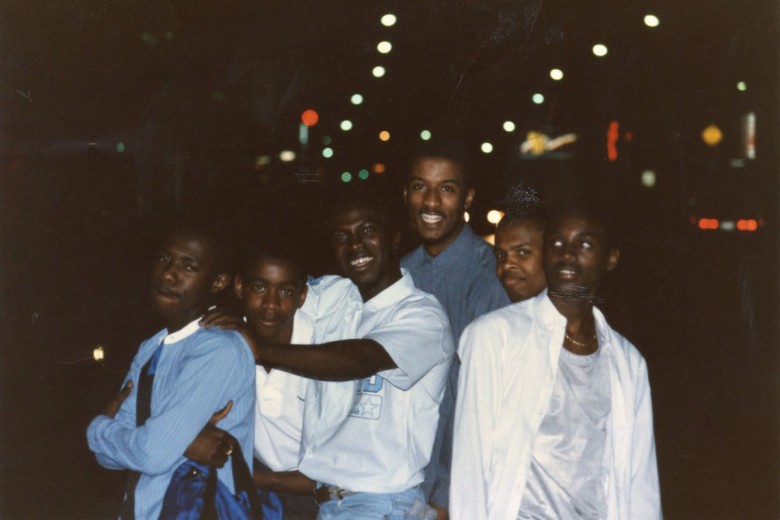
by Rebecca G. Joachim Jan 29, 2024 10 min read
-
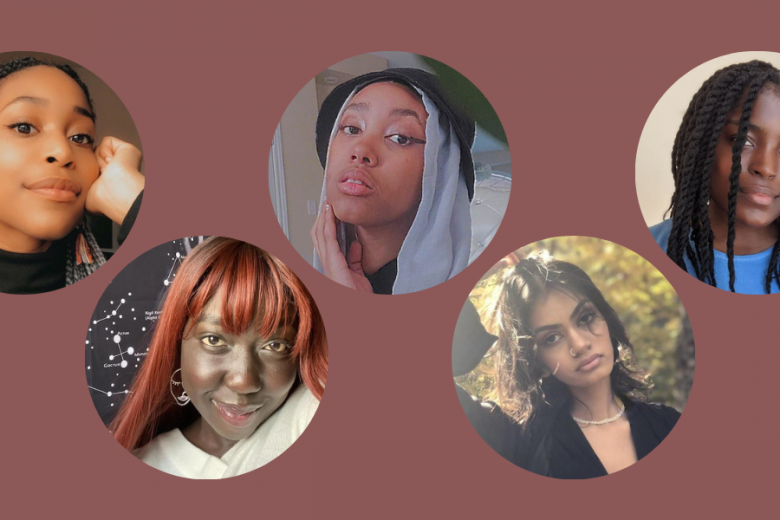
by Briarpatch Staff Sep 7, 2022 12 min read
-
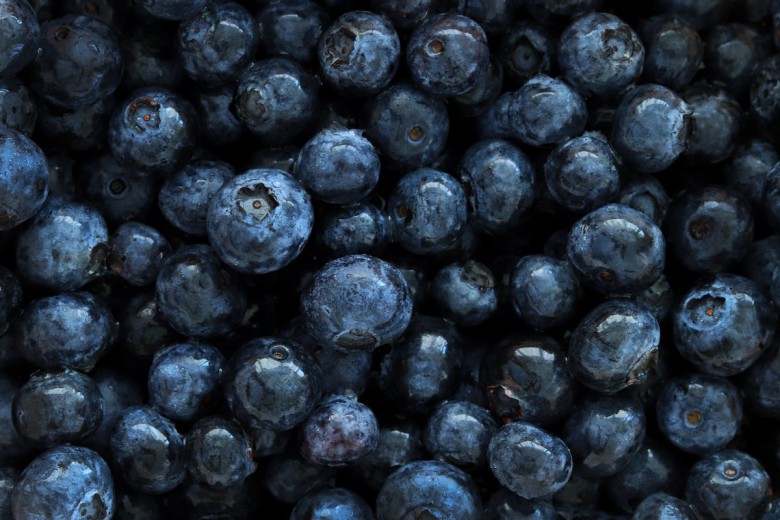
by Rachel Jones Mar 2, 2022 2 min read
-
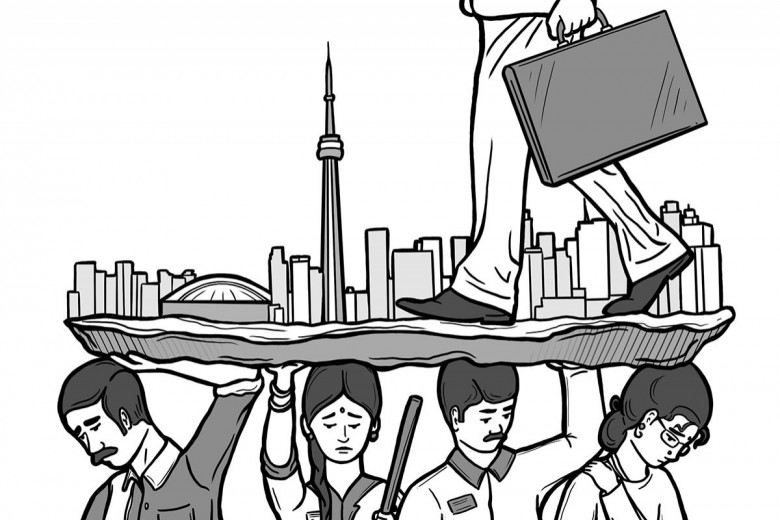
by Mirusha Yogarajah Apr 27, 2020 13 min read
-
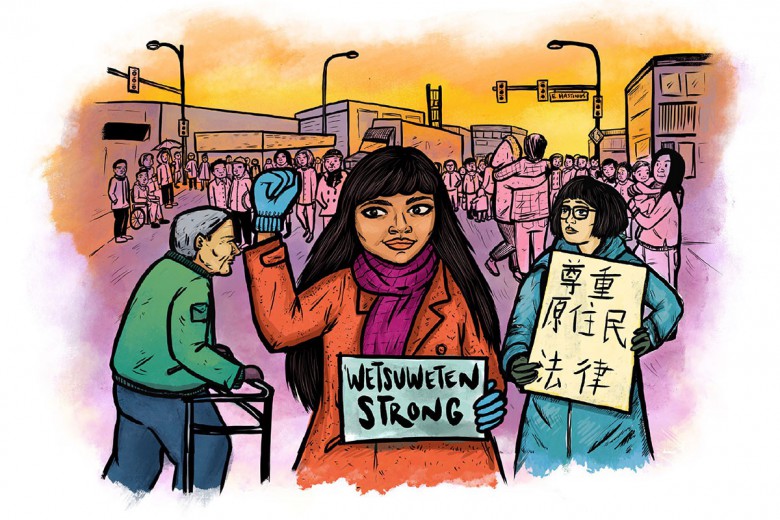
by Jane Shi Apr 27, 2020 9 min read
-
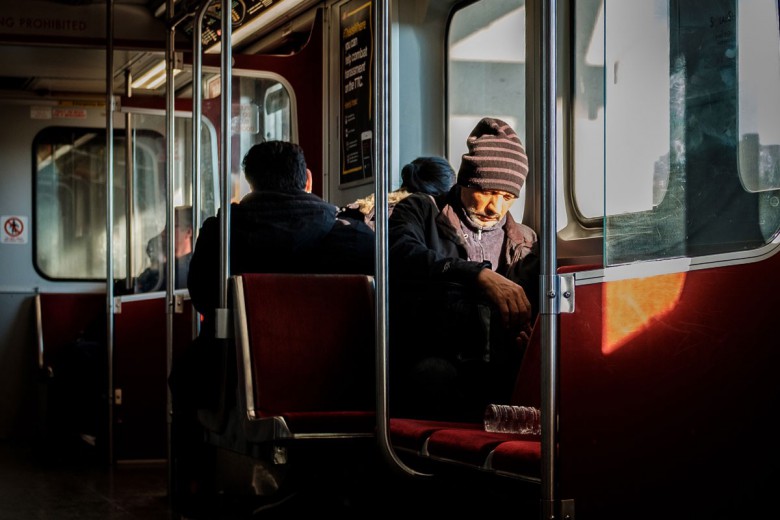
by James Ip Mar 3, 2020 2 min read
-
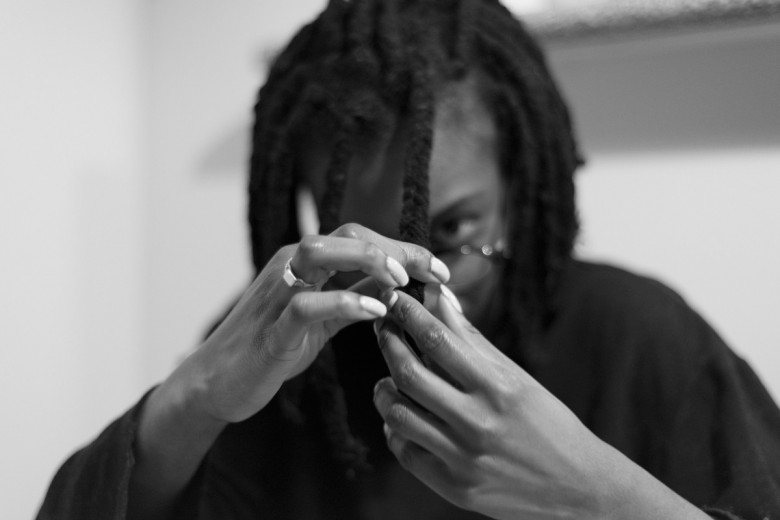
by Solana Cain Feb 27, 2019 2 min read
-
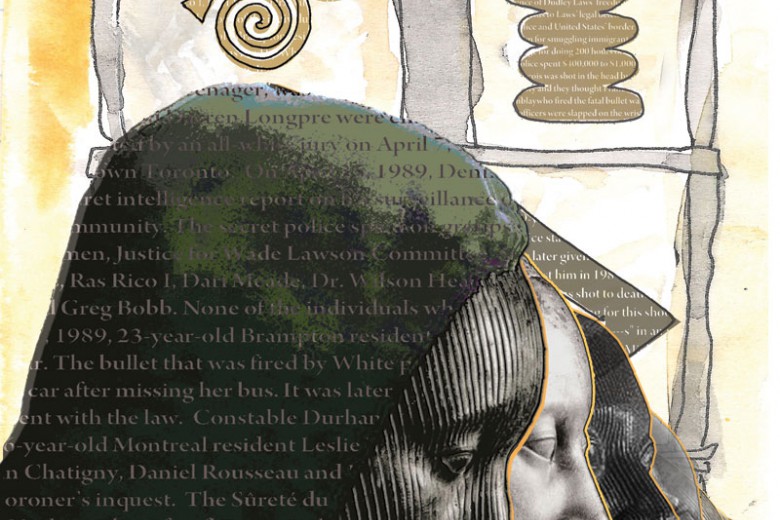
by Ajamu Nangwaya Sep 1, 2013 5 min read
-
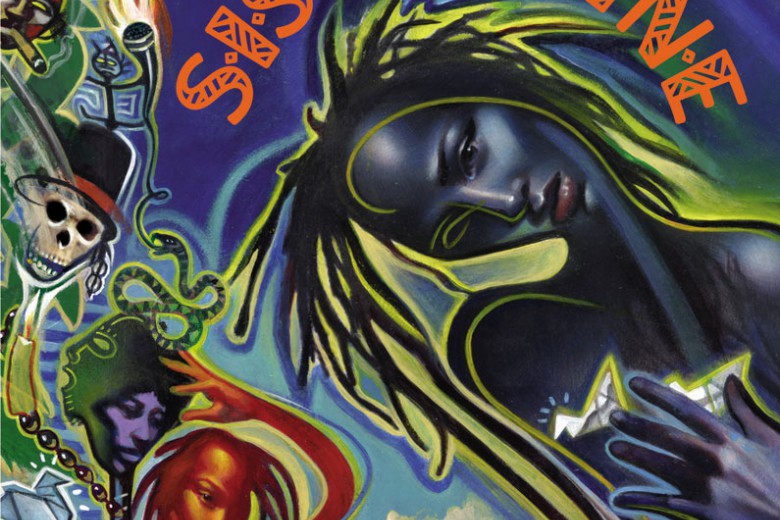
by Lindsey Catherine Cornum Jul 1, 2013 4 min read
-
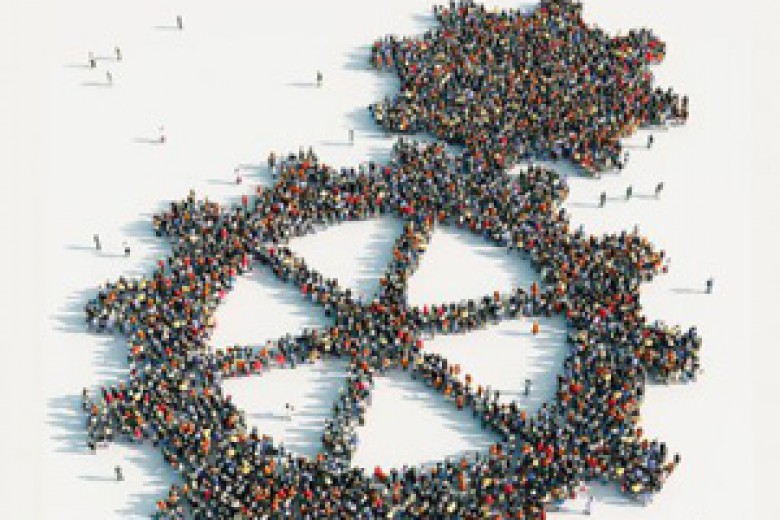
by Yutaka Dirks May 1, 2013 3 min read
-
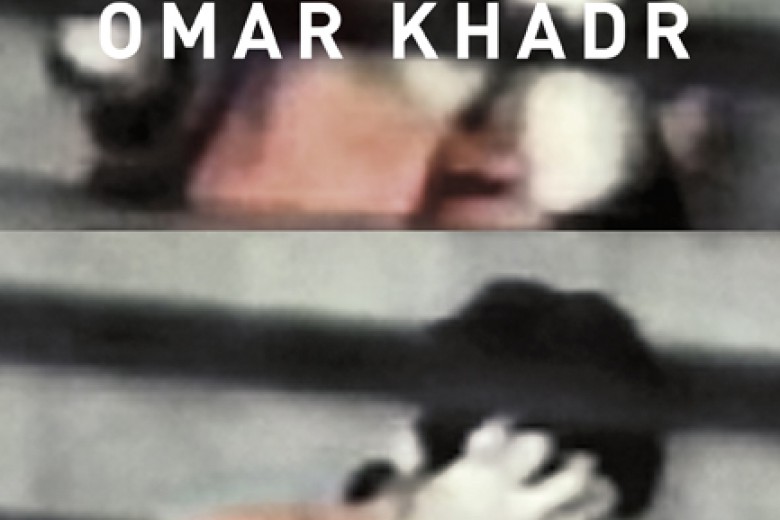
by Fathima Cader Jan 1, 2013 4 min read
-
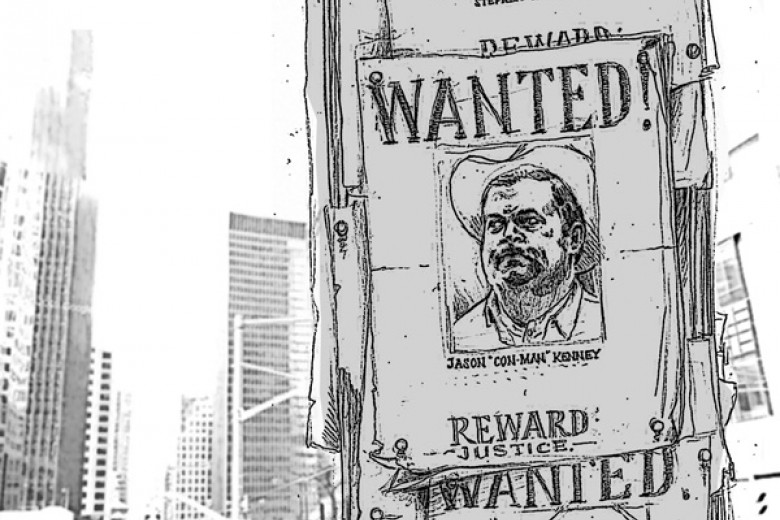
by Fathima Cader May 1, 2012 9 min read
-
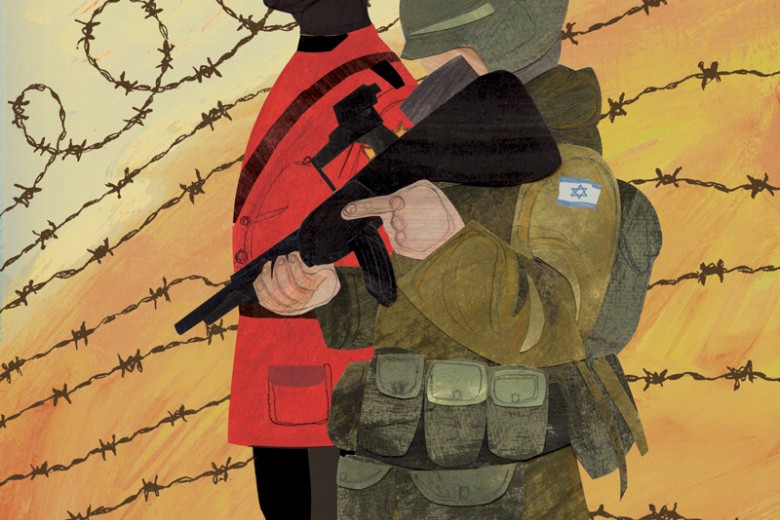
by Mike Krebs May 1, 2012 9 min read
-
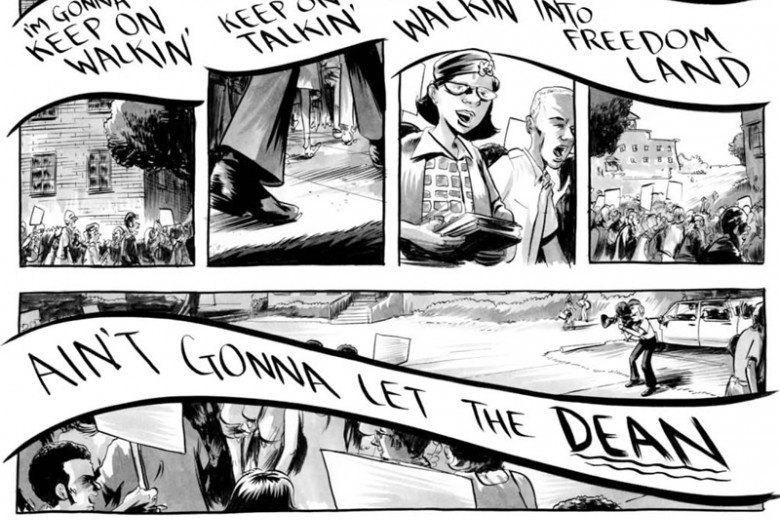
by Yutaka Dirks May 1, 2012 3 min read
-
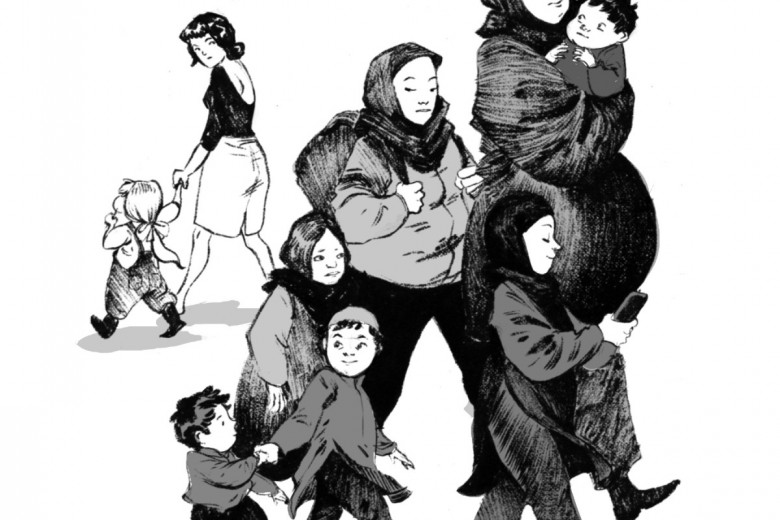
by Valerie Zink Jul 7, 2011 3 min read
-

by Fathima Cader Jul 7, 2011 10 min read
-
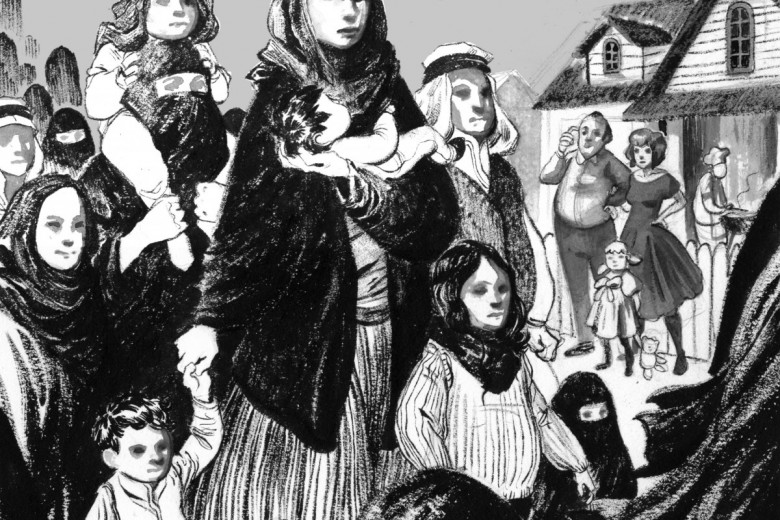
by Sumayya Kassamali Jul 5, 2011 10 min read
-
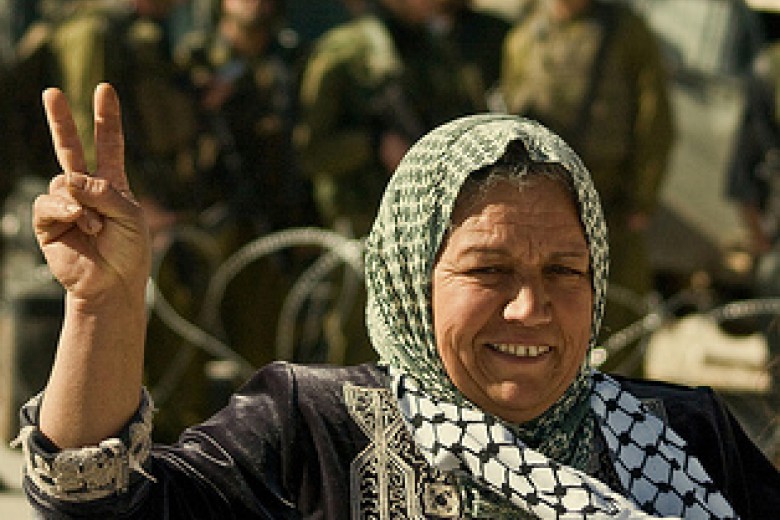
by Andrea Meeson May 24, 2011 3 min read
-
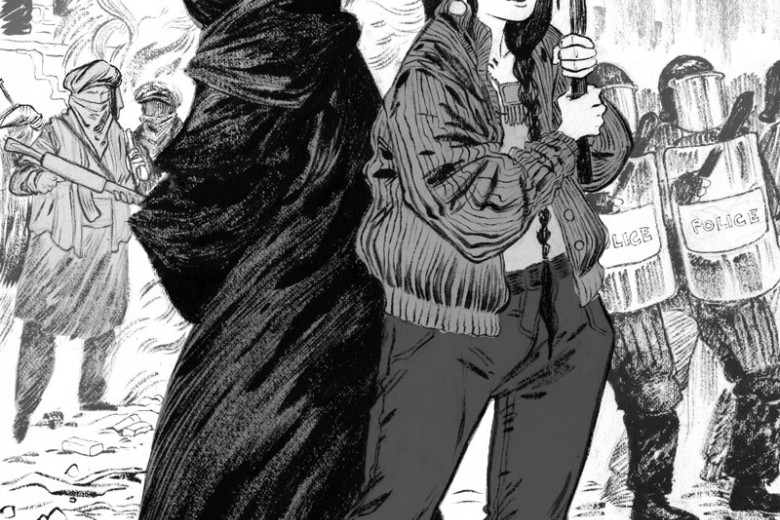
by Yasmin Jiwani May 6, 2011 11 min read
-
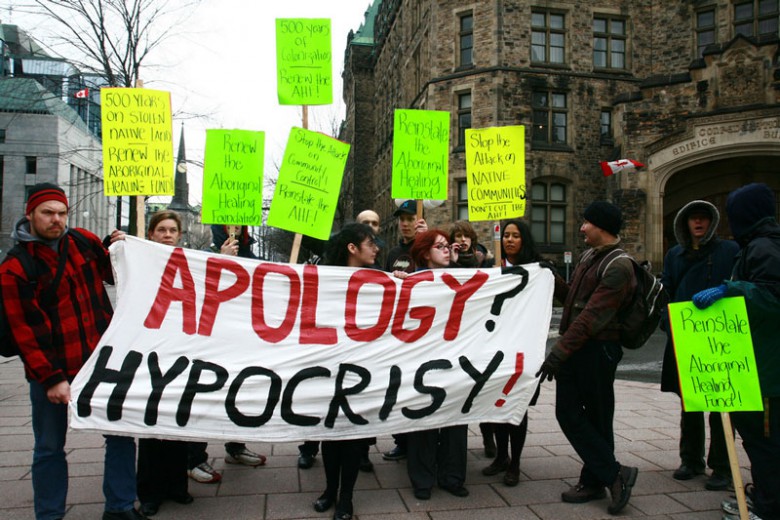
by Maya Rolbin-Ghanie Sep 9, 2010 9 min read






















